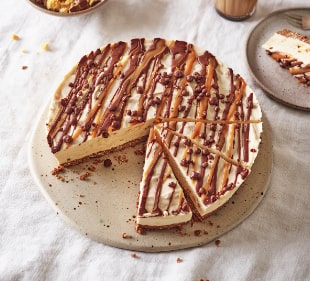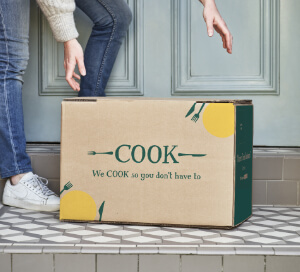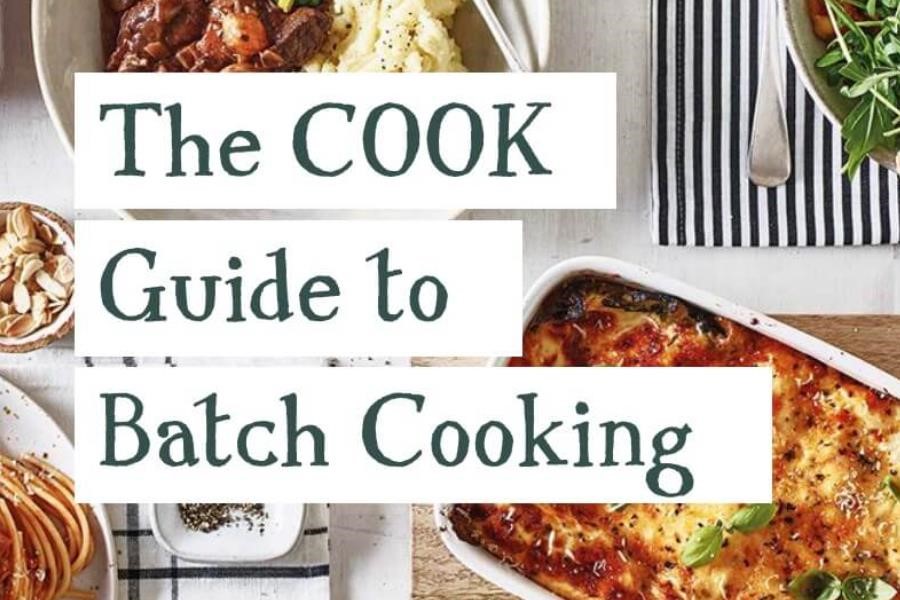
< Back to Main Blog Posted: Apr 2024
How To Best Manage Your Sub-Zero Space
We’ve been freezing food for a living for 25 years, so there’s not much we don’t know about making the most of your freezer. Whilst freezing food is an easy thing to do, it’s not quite fool proof.
Here are our top 10 tips:
1. Make sure your freezer’s set to the right temperature.
Sounds obvious, but it’s worth checking – not only because it will help keep food for longer, but because it could also help you win a pub quiz, as it’s apparently one of the most frequently asked questions! So here goes, the winning answer… The UK Food Standards Agency suggests the correct freezer temperature to safely store frozen goods is -18°c. Boring, but it’s worth remembering that freezers with good, intact seals will use less energy and keep a lower temperature.
2. Cool foods before you freeze them.
Freezing food when hot will raise the freezer temperature, making it less efficient (more costly) and potentially cause other foods to start defrosting, compromising the safety of them.

3. Freeze fresh.
As with so many things in life, you get out what you put in. The cold temperatures of a domestic freezer mean the processes of decay become glacially slow. But freezing won’t actually kill bacteria, they may be revived as the food defrosts. So, if it goes in bad, it’ll come out bad.
4. Don’t freeze and forget!
In Siberia, people have been known to cook and eat woolly mammoth pulled from the permafrost (at least according to the internet). And while it probably didn’t taste as good as it did during the Ice Age, it was apparently still edible! However, freezing doesn’t prevent taste and texture from deteriorating for ever. Write the date of freezing on your bags or containers so they don’t become UFOs (Unidentified Frozen Objects). As a rough guide, foods can be safely kept in your home freezer for 3 to 12 months without loss of quality. Of course, maximum keeping times vary depending on the food and how they’ve been processed prior to freezing.

5. Keep your freezer full.
A full freezer retains cold better than an empty one. When you open the door, the mass of frozen food will help keep in the cold, and the unit won’t have to work as hard to cool empty space so it’s more economical to run. If you have lots of space free, fill the freezer with everyday items you’re bound to use, such as sliced bread or frozen peas. But don’t jam pack the freezer either - you need air to circulate.
6. Wrap up.
If food is exposed to the very cold air inside your freezer, the frozen water will migrate to the outside of the food and turns into water vapour. This causes something called ‘freezer burn’ - not very appetizing patches on a steak for example, that can affect the quality. To avoid, make sure you wrap foods properly, pushing out as much air as you can before sealing, or put them in sealed containers.

7. Space to grow.
Liquid will expand, so don’t freeze it in the bottle or you risk the glass shattering. It’s easy to decant into small sealable containers, leaving a little room at the top for expansion. With plastic milk cartons, you may need to pour a bit away before freezing to make sure there’s space for the liquid to grow.
8. Keep it clean.
A clean freezer devoid of icebergs is the most efficient. If necessary, it may need defrosting. If you’ve gone through life managing to avoid doing this until now…then don’t worry, it’s not as tedious as it sounds! Here’s a quick and easy “how to...” on Which.

9. Thawing out.
Once you’ve drilled through and successfully extracted something from the icy depths of your freezer, the safest way to defrost it is to put it on a plate and allow it to slowly thaw in the fridge for 24 hours (48 hours for large items such as meat joints or frozen poultry). Don’t defrost at room temperature – food must be kept at a safe temperature during thawing.
10. Only refreeze food if you’re cooking it in between.
When food is thawed bacteria can multiply quickly, particularly at room temperature. If you pop it back in the freezer, the bacteria survive and are more likely to reach harmful levels on second thawing. However, if you cook the food in between eg thawing beef mince, using it to make a bolognaise and then refreezing, it’s not a problem as the bacteria will have been killed off in the cooking process. (Just remember to fully reheat foods after their second freezing too).

Explore the rest of our blog...
< Back to Main Blog Posted: Apr 2024


















